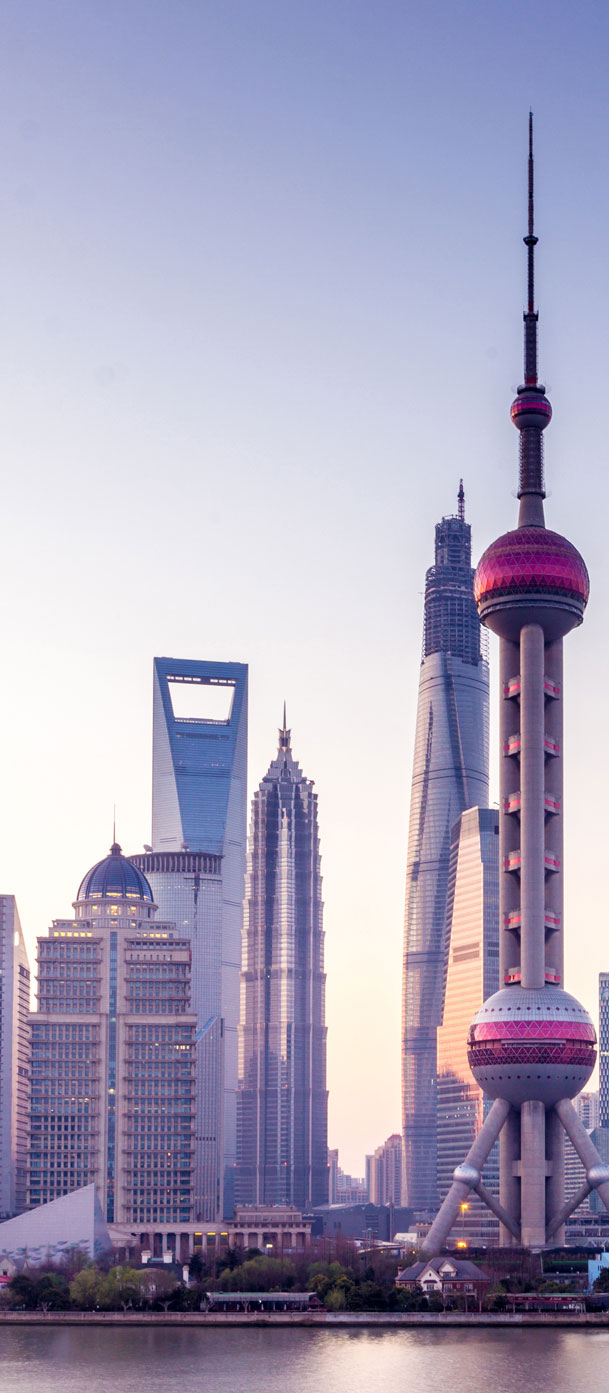We live in a VUCA world – according to the US military.
That’s a Volatile, Uncertain, Complex and Ambiguous world; a term developed during wars in Afghanistan and Iraq.
And many business leaders are seeing connections with this military term and the current business landscape. We’ve moved from a business world based on problem solving for finite answers to a place where progress is made by the ability to engage with uncertainty; where leaders need to work and make decisions in ambiguous and complex situations. Brexit, for example – leaders need to make decisions in the UK with no real definites on what the impact of Brexit will be.
What we’ve seen is that leaders are receiving some support on this way of thinking and are being encouraged to understand this environment, but mostly the ‘folks on the ground’ are not. This means that when it comes to changing a culture or behaviours, change programmes encounter the same types of resistance and pushback as people find it very hard to deal with the uncertainty and ambiguity that’s involved with change.
When we work with cultural change we start with the leaders of the business. It cannot be said enough how important the support, buy-in, enthusiasm, drive, commitment – we could go on here but we won’t – of every leader is to successful change. Leaders create the inspiration for the change. They are the ones who start the storytelling and the creation of the new jointly-owned story which takes the whole organisation forward. They model the change that everyone wants to see.
This diagram shows tools available to any organisation – inspiration and information are crucial. That perfect balance of LEADERSHIP and MANAGEMENT. Intimidation is to be avoid at all costs! The only behaviour that breeds is a certain kowtowing followed by resistance, heel-digging, storming and raging and disruption. And no successful change.

Cultural change involves looking at the values of the organisation. What’s core to the company and the people. This is often made to be very complicated – but actually it’s dead simple. We look for what’s stamped through the ‘stick of rock’ of the organisation. We take, through appreciative enquiry and a proprietary methodology, the best of the company’s past and its aspirations for the future and help the people distil this down to a clear and simple values message. And it’s amazing… those values are usually values that each person resonates with in their own lives. Clarity and simplicity and connection.
And at the heart of what we do is autonomy. Creating a learning environment and upskilling everyone in the organisation so the culture sticks. To you – not to us! It’s like your favourite dessert. Sticky toffee pudding? Tiramisu? Treacle tart? Banoffee pie? Well… almost.
What are your core values? What’s the bit stamped through the middle of your company’s stick of rock?

Resilience or flexibility?
We have a problem. We’re not so keen on the word RESILIENCE but it’s very popular currently – especially in training courses. For us, it conjures up… well… difficulty and effort and hard work. We looked at the dictionary definition and realised why we were feeling a bit stressed by this word.
Definition of resilience
- the capability of a strained body to recover its size and shape after deformation caused especially by compressive stress
- an ability to recover from or adjust easily to misfortune or change
For example, ‘she displayed an indomitable resilience in the face of misfortune’.
We were exhausted just reading that. We do like the synonyms however: flexibility, pliability, suppleness, plasticity, elasticity, springiness, spring, give, durability, ability to last, strength, sturdiness, toughness.
And this is where our thinking is. Rather than sending people on ‘resilience’ training or some such, we’re interested in helping people to be more flexible; to adapt to new and changing situations. To be tough – yes – but with suppleness. And, no, although we love yoga we don’t mean we need to put our legs behind our heads. It’s mental suppleness – the ability to take on new ideas, to take on change and to be able to adapt.
Like the extraordinary architecture of buildings around the works – sky scrapers and bridges that adapt to winds and weather, if we have suppleness and flexibility of mind we can deal with most things. The buildings are still integrally a set structure – but they can adapt in order to stay standing. In cultural change we are not asking people to CHANGE WHO THEY ARE but to adapt to new circumstances and take with them the positives of the past while learning, developing and growing to be able to participate fully in the new, sometimes volatile, sometimes uncertain and often ambiguous future we all share.

Shanghai’s Pudong skyline at dusk showing sky scrapers that adapt to winds and weather.


